Sound recognition Normal Phonics Worksheets for Ages 3-9
11 filtered results
-
From - To
Enhance your child's phonics understanding with our Sound Recognition Normal Phonics Worksheets, designed for ages 3-9. Our engaging worksheets help young learners effortlessly identify and distinguish sounds, forming the foundation for successful reading and writing skills. These trusted resources provide a mix of listening, speaking, and interactive activities tailored to varied learning levels. Perfect for home or classroom use, our worksheets foster phonemic awareness and boost confidence in mastering the alphabet and phonics rules. Stimulate your child’s audio processing skills and keep them ahead in their educational journey with our expertly crafted phonics practice.


Blending Consonants: "Fl", "Bl" and "Gl" Printable
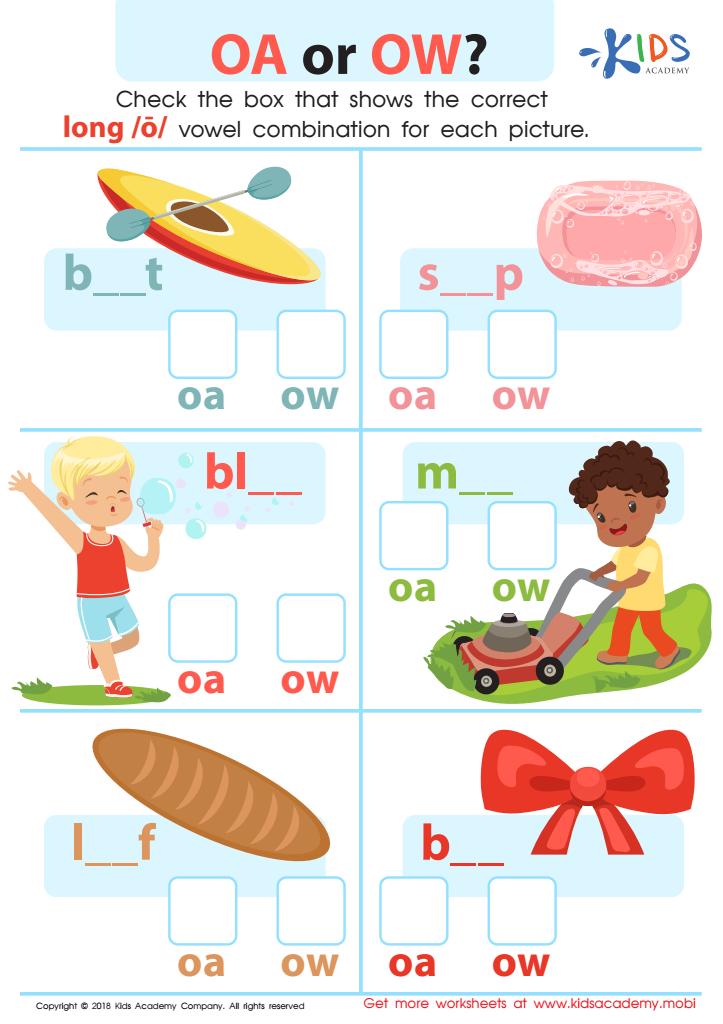

Reading: OA or OW Worksheet


What Do You Hear? Worksheet


Rhyming Words Rhyming Worksheet
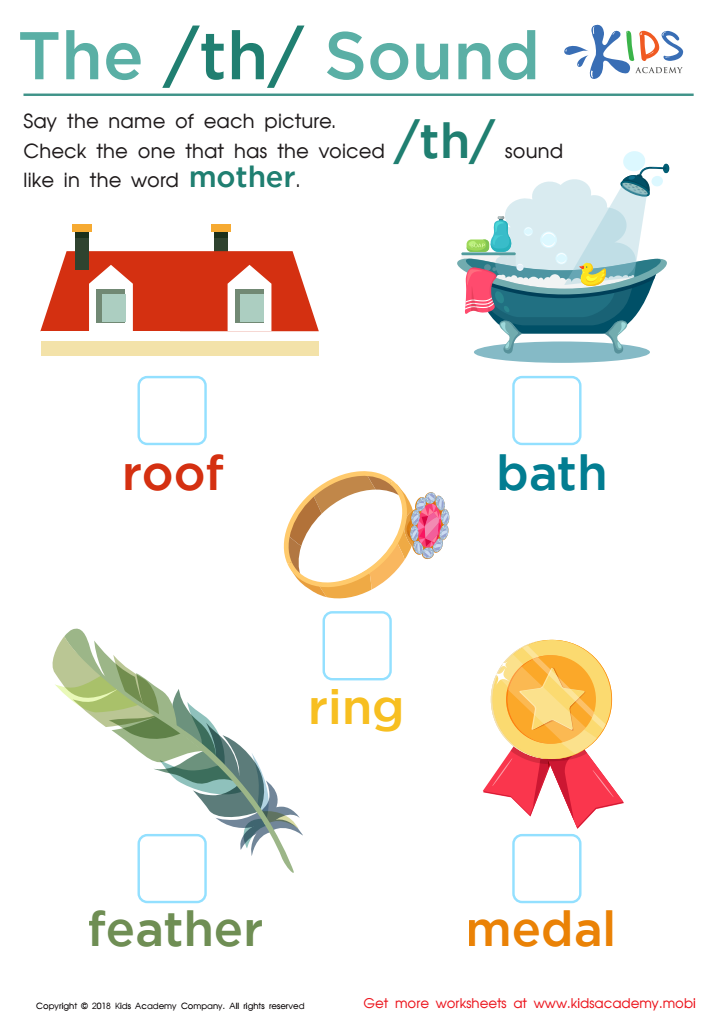

The /th/ Sound Worksheet


Long and Short U Worksheet
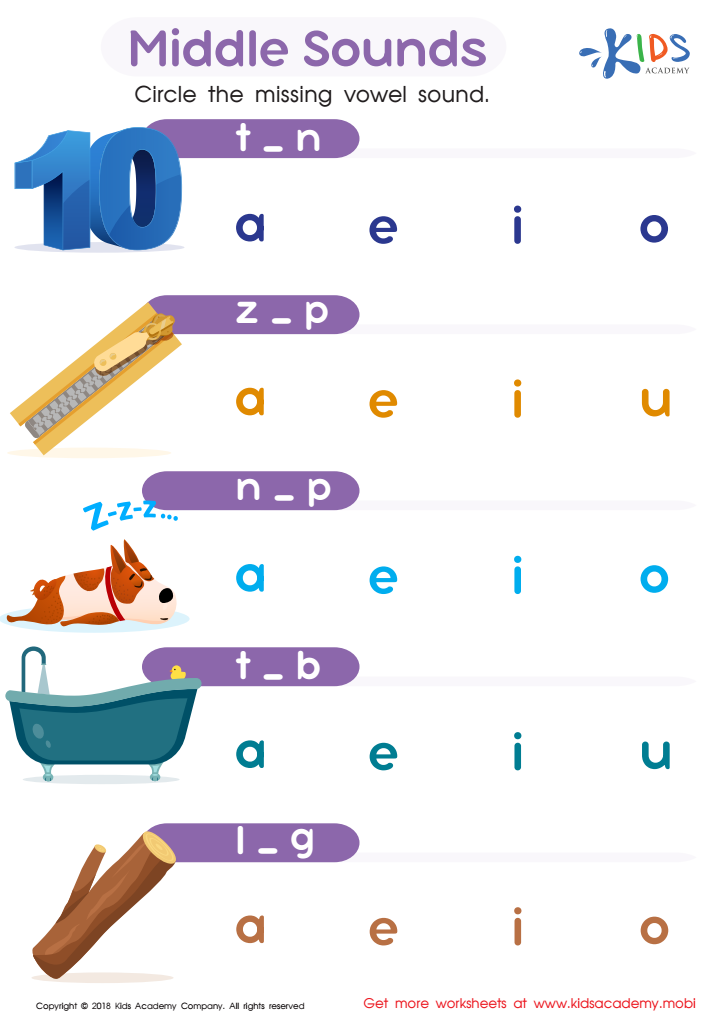

Middle Sounds Worksheet
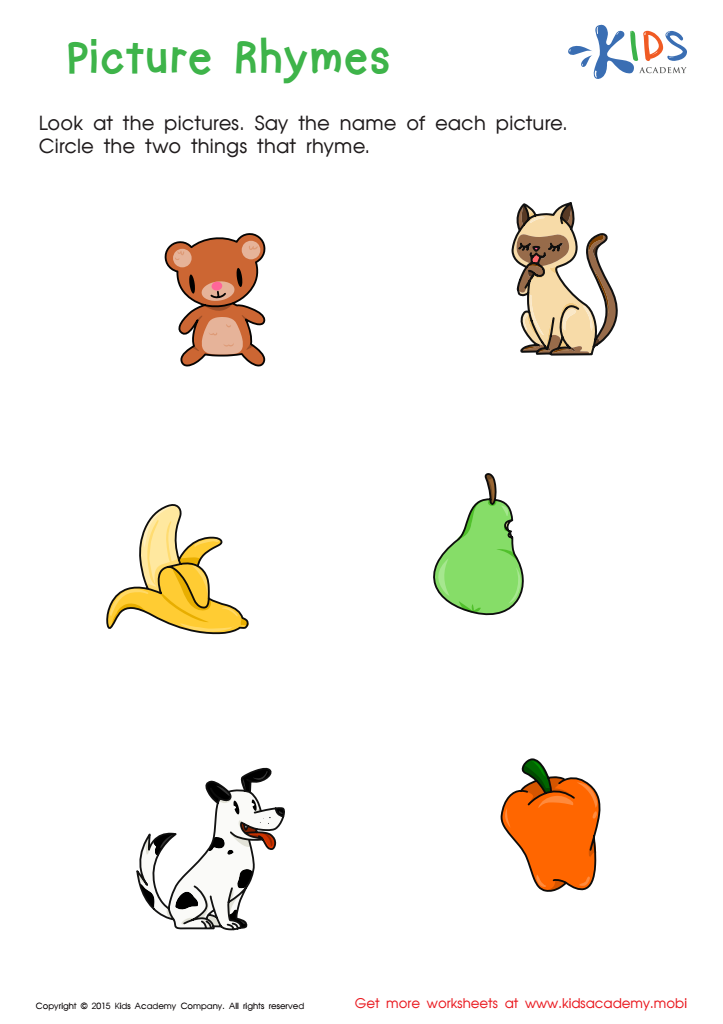

First Words: Picture Rhymes Worksheet
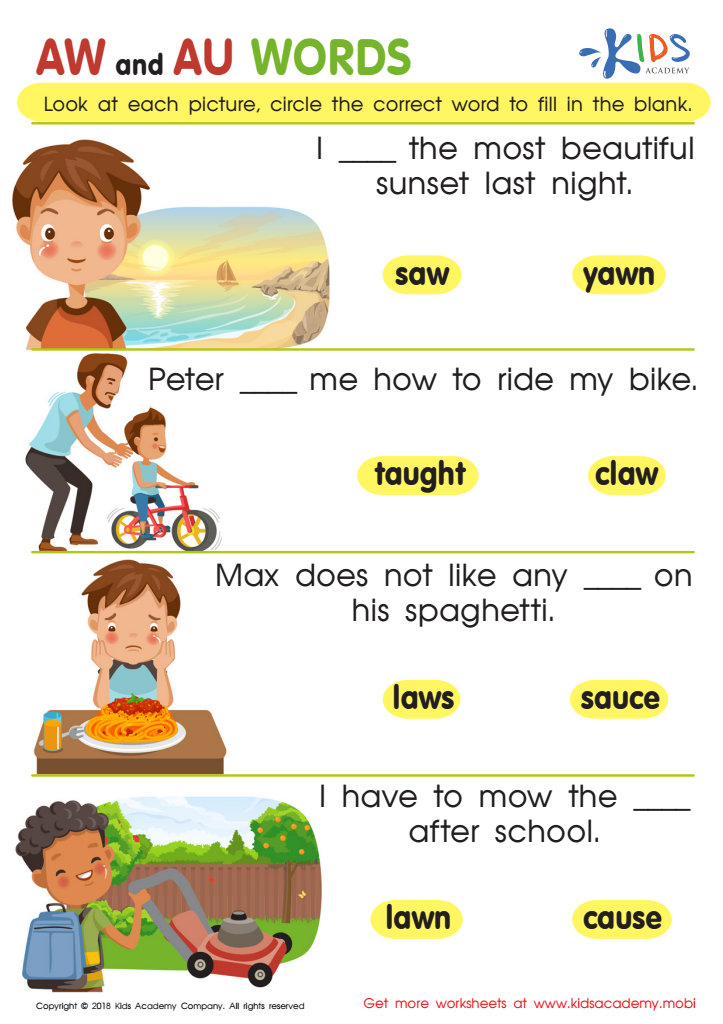

Reading: AW and AU Words Worksheet
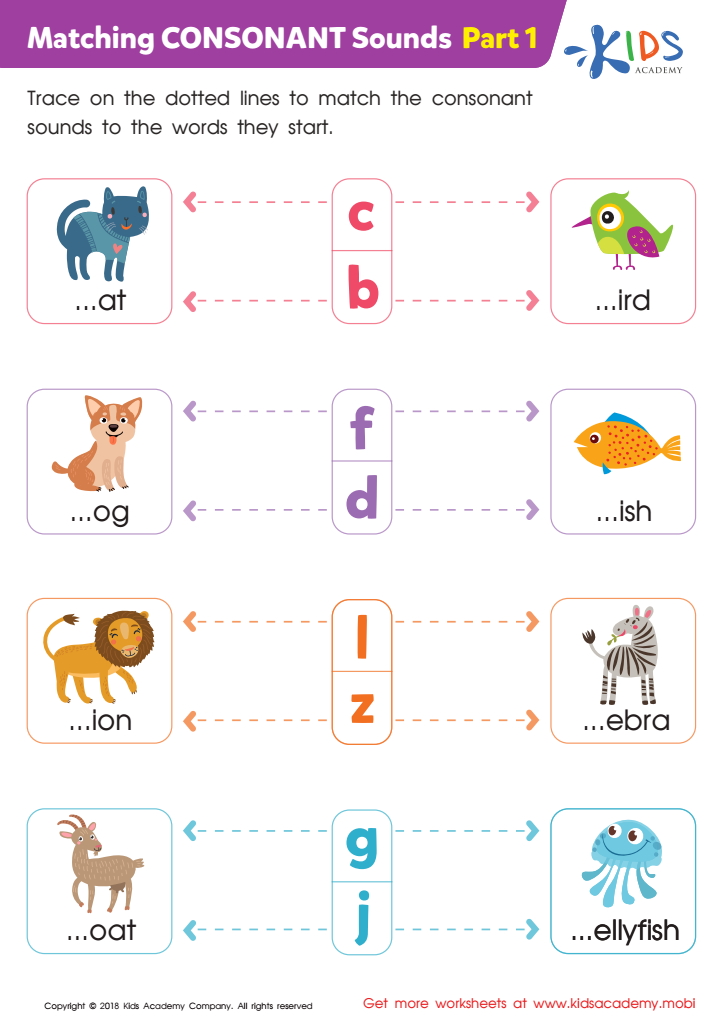

Matching Consonant Sounds: Part 1 Worksheet
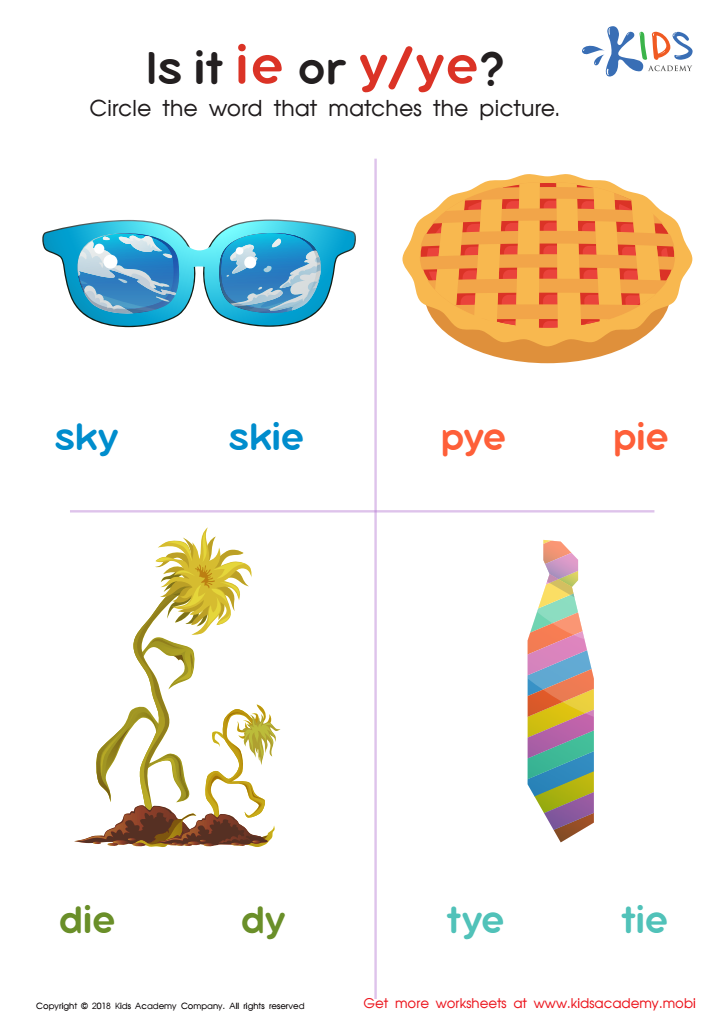

Is It IE or Y/Ye? Worksheet
Sound recognition and normal phonics development are crucial for children ages 3-9 because these early reading skills lay the foundation for future academic success. At this stage, children are in a critical period for language acquisition, and their brains are highly receptive to learning new sounds and words. Phonics, which involves understanding the relationship between letters and their corresponding sounds, is essential for decoding words and developing fluent reading skills.
When parents and teachers focus on sound recognition, they help children improve their auditory discrimination, which is the ability to hear differences between sounds. This skill is important not only for reading but also for listening and communication. By engaging children in phonics activities, such as identifying the beginning and ending sounds of words or recognizing common word families, adults support the development of the child's reading comprehension and vocabulary.
Furthermore, a strong phonics foundation can prevent future reading difficulties, such as dyslexia, by ensuring that children have the tools they need to decode words accurately and efficiently. This early intervention can lead to better academic performance and greater confidence in reading and other subjects. Therefore, investing time and effort in sound recognition and normal phonics development between the ages of 3-9 pays off significantly in a child's educational journey.
 Assign to My Students
Assign to My Students















